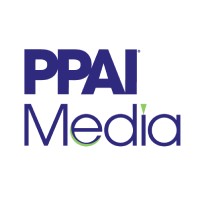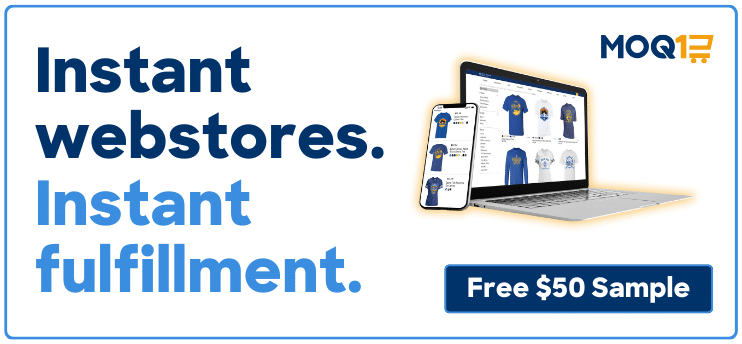TierneyMJ / Natasha Pankina / Shutterstock.com
The big marijuana boom has brought about all kinds of new businesses. From dispensaries to recreational cannabis stores to growers, all of these businesses need to know how to promote and advertise their products while complying with rules and restrictions. It helps to learn the art of marketing marijuana so you can help clients in this space attract the right customers to their business.
You will face some boundaries when it comes to marketing and promoting a marijuana business. For instance, Google and Facebook generally don’t allow marijuana ads, and things like billboards and TV advertisements are usually out of the question. However, there are still many successful ways to build some buzz around your client’s brand. Here’s a guide to the art of marketing marijuana.


Many things go into building a strong brand. First, if your client is just starting the business, help them choose a catchy business name along with an eye-catching brand logo. Making the right choices here can have a huge impact when it comes to boosting brand recognition.
But branding goes beyond just a name and logo. Also consider your client’s goals and how they want to position the company in the marketplace. Sticking to a clear, unique selling point, such as having the lowest-priced products, the fastest delivery or the widest product range, can help your client’s brand build a reputation fast.
Emphasize to your client the importance of taking care of customer queries and complaints as fast as possible to ensure good service as this goes a long way in word-of-mouth marketing.


For example, many dispensaries focus their marketing on attracting older users, as many seniors use marijuana to help with issues such as arthritis, glaucoma, inflammation and other ailments. Other cannabis stores might want to focus their efforts on local college students who smoke weed for recreational purposes. Talk with your client about the demographics of who they want to attract and then plan how to do it.
You don’t necessarily have to focus on one particular target demographic. While focusing on one can often help with branding and marketing, you might want to launch multiple campaigns aimed at different segments of the public. Just think about ways you can market your client’s products successfully to the right people.


You should also take advantage of the wide variety of business directories. Suggest your client register the business on Google My Business to help potential customers find the company’s website as well as its physical location on Google Maps. Also, recommend or help clients improve their search engine optimization so customers in the local area can find the business more easily. Suggest also listing the business on cannabis directories such as WeedMaps (www.weedmaps.com) and Leafly (www.leafly.com).
Working on targeted SEO content can give your client’s website a huge boost in views. Creating blogs aimed at things cannabis consumers search for will help them reach their target demographic. It also helps to promote their content on social media.
While your client’s type of business may restrict the availability of advertising on major platforms such as Google or Facebook, they can use third-party advertising services. These marijuana-friendly advertising services are usually targeted to the desired demographic. While ads on these sites may not get as many viewers, they’re much more likely to appeal to marijuana users. As such, they are more likely to receive clicks and make more sales. Digital advertising networks, such as Mantis (www.mantisadnetwork.com) and target Outbrain (www.outbrain.com), are known for being marijuana-friendly. You can help your client launch a successful ad campaign on these niche websites to gain new customers. This is one of the best marijuana advertising ideas, especially for new businesses.


You can easily help your client set this up using email marketing software, although it’s important to only send out emails to customers who opt-in. Businesses often include a subscription box on their website, and also offer a way to opt-in to promotional emails every time a customer makes a purchase.
How often you should send these emails depends. According to research, 86 percent of customers would like to receive promotional emails once a month, although 15 percent said they prefer to receive them every day. Once or twice a week usually works well, although you should focus on engaging emails that offer something exciting such as special offers and product discounts. If done right, you can help your client lead their loyal customers straight to another purchase.
Similarly, consider recommending SMS marketing to your clients as well. Just like email marketing, this method involves sending out promotional messages to customers’ phones after they’ve opted in. Some customers even like to receive push notifications. You can do this using smartphone marketing software. Like marketing any other kinds of businesses, make sure the messages are interesting—customers who receive too many uninteresting emails or SMS messages are much more likely to opt-out.


For example, your client might want to start a company page on Facebook. This is a great place to advertise sales promotions and deal with customer queries swiftly. Twitter is similar, only focused more on shorter, punchier posts. Instagram and Snapchat are also great places to market a business using visual content. Your client might want to develop some high-quality product photos or even consider other types of content like infographics and videos. LinkedIn is great for companies that also run other types of businesses, as it provides more of a mainstream appeal. YouTube is another good platform for sharing video content. Recommend to clients that they post enticing content on social media regularly and utilize hashtags focused on marijuana and cannabis products.


Depending on what your client sells, there are many user accessories (custom lighters, custom grinders and custom rolling papers) that can be used as add-ons with a purchase, as a gift for reaching a certain dollar level with a purchase and as promotional gifts at events aimed at the target demographic.
–––––––––––––––––––––––––––––––––––––––––––––––––––––––––––
Ryan Tickle is vice president of sales at supplier Cannabis Promotions in St. Petersburg, Florida.


